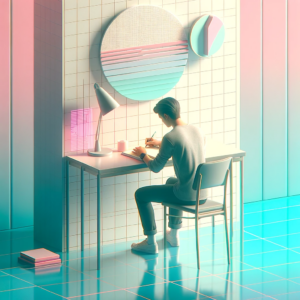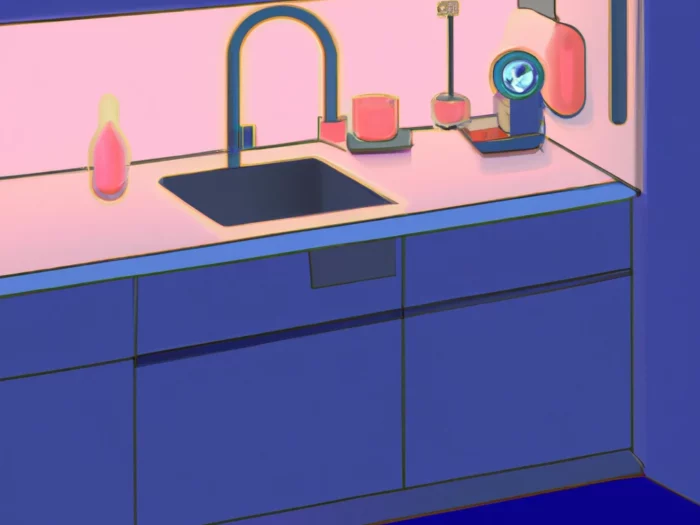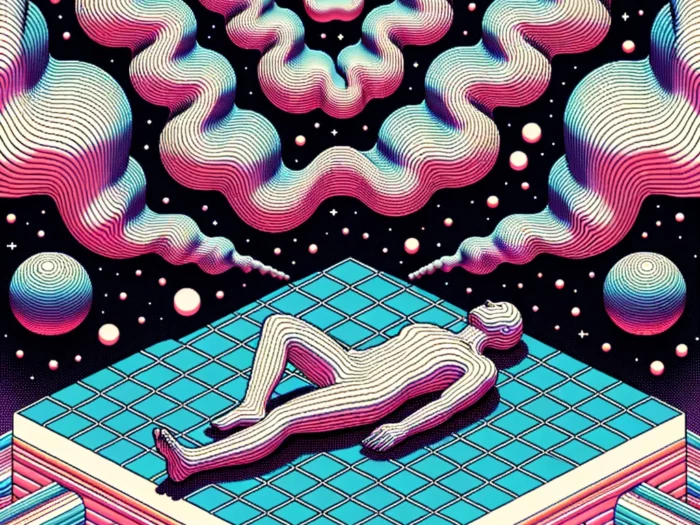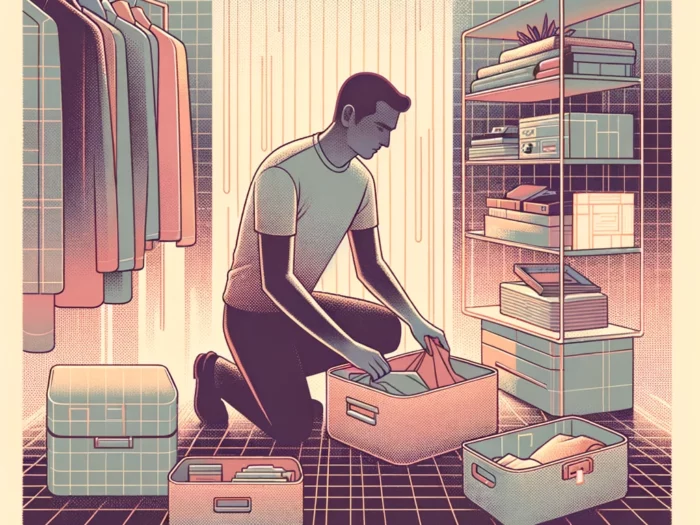Animation is a powerful medium, capable of bringing to life complex narratives and emotions. One approach that has significantly influenced this field is minimalism, a philosophy that emphasizes simplicity and the elimination of excess. This article will delve into the role of minimalism in animated films, particularly its impact on art style and storytelling.
Minimalism in animation is not about a lack of detail or complexity. Rather, it’s about making deliberate choices on what to include and what to omit, creating a balance that allows the essential elements to take center stage. It’s about conveying a story or creating an atmosphere with minimal elements, yet ensuring each of those elements is meaningful.
Understanding Minimalism
At its heart, minimalism is about distilling things down to their essential elements. In art, this translates to removing unnecessary details and embellishments to focus on the fundamental features of the subject. The result is a style that is clean, simple, and often highly abstract.
When applied to animation, minimalism can manifest in various ways. It can be seen in the design of characters, the layout of scenes, the use of color and light, and even the movement and behavior of characters and objects. A minimalist animation might feature simple, geometric character designs, sparse and open environments, and a limited color palette. But despite this simplicity, or perhaps because of it, minimalist animations can convey a depth of emotion and complexity that rivals and often surpasses more detailed and realistic styles.
Minimalism in animation is not just a visual style, but a storytelling approach as well. It’s about conveying a narrative or an emotion with as few elements as possible. This requires a deep understanding of the story and its characters, as well as a keen sense of timing and pacing. The minimalist animator must know what to show and what to imply, what to say and what to leave unsaid.
Minimalism in Animation Art Style
The art style in minimalist animation is characterized by simplicity and clarity. Every line, shape, and color is carefully chosen and has a purpose. There’s no room for unnecessary details or embellishments. This simplicity, however, does not mean a lack of sophistication or depth. On the contrary, minimalist art styles can be incredibly complex in their simplicity.
Consider the animated film “The Red Turtle.” This dialogue-free film uses a simple, hand-drawn art style to tell a deeply emotional story. The characters and environments are rendered in broad, simple shapes, and the color palette is limited. Yet, the simplicity of the art style serves to enhance the emotional impact of the film, focusing the viewer’s attention on the characters’ actions and emotions.

Similarly, the animated short “World of Tomorrow” uses simple, geometric character designs and sparse, abstract environments to create a unique and compelling vision of the future. The minimalism of the art style allows the complex ideas and emotions of the story to take center stage.

In these examples, and many others, minimalism in animation art style serves to enhance rather than detract from the storytelling. It’s a testament to the power of simplicity and the skill of the animators who wield it.
Storytelling Through Minimalism
Storytelling is at the heart of any animation, and minimalism offers a unique approach to this process. By stripping down the narrative to its most essential elements, minimalist storytelling allows the core message to shine through more clearly. It’s about saying more with less, using a limited number of elements to convey a wealth of meaning.
In minimalist animated films, every scene, every character action, and every line of dialogue (if there is any) is carefully considered and purposeful. There’s no room for filler or fluff. This can result in narratives that are deeply impactful, resonating with viewers on an emotional level.
For instance, the animated short film “Father and Daughter” tells a deeply emotional story without using any dialogue. The film uses simple, minimalist animation to convey the passage of time and the enduring love between a father and daughter. Despite its simplicity, or perhaps because of it, the film delivers a powerful emotional punch.

Similarly, the film “The Man Who Planted Trees” uses minimalist animation and a simple narrative to convey a powerful message about perseverance, hope, and the impact one person can have on the world. The film’s minimalist approach allows the story and its message to take center stage, resulting in a deeply moving viewing experience.

The Impact of Minimalism on the Audience
Minimalist animation has a unique impact on the audience. The simplicity and clarity of minimalist animation can make the viewing experience more immersive and engaging. Without unnecessary details to distract the eye, viewers can focus more fully on the story and the emotions it evokes.
Moreover, the use of minimalism in animation can stimulate the viewer’s imagination, inviting them to fill in the gaps and engage more deeply with the story. This can create a more interactive and personal viewing experience, as each viewer brings their own interpretations and emotions to the film.
For example, the minimalist animated film “The Illusionist” uses simple animation and a sparse narrative to tell a poignant story about an aging magician. The film’s minimalist approach invites viewers to read between the lines and engage with the story on a deeper level, resulting in a rich and emotionally resonant viewing experience.
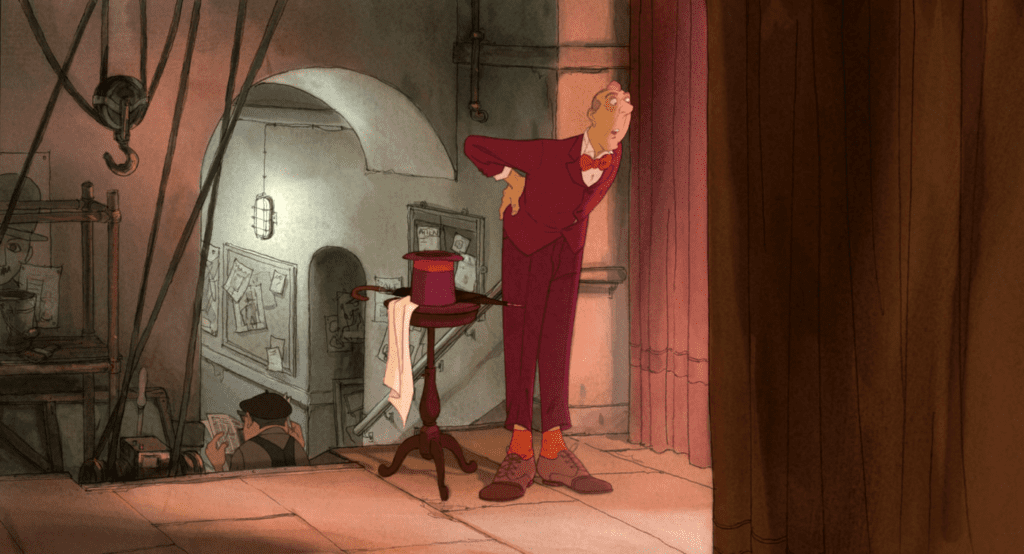
Similarly, the film “The Secret of Kells,” while not strictly minimalist, uses a simple, stylized animation style to tell a complex story. The film’s visual simplicity allows the story and its themes to shine, engaging viewers on multiple levels.

In these ways, minimalism in animation can create a unique and powerful connection between the film and its audience. It’s a testament to the power of simplicity and the profound impact it can have on storytelling.
Case Studies of Minimalist Animated Films
To truly understand the impact of minimalism in animation, it’s helpful to examine specific films that exemplify this approach. Let’s take a closer look at a few animated films that have effectively used minimalism in both their art style and storytelling.
One such film is “The Tale of Princess Kaguya.” This film, directed by Isao Takahata of Studio Ghibli, uses a minimalist, brushstroke art style that is reminiscent of traditional Japanese ink paintings. The simplicity of the art style serves to enhance the emotional depth of the story, focusing the viewer’s attention on the characters and their experiences.
Another example is “The Red Turtle,” a dialogue-free film that tells a deeply emotional story through simple, hand-drawn animation. The film’s minimalist approach allows the narrative and the emotions of the characters to take center stage, resulting in a powerful viewing experience.
Finally, the film “World of Tomorrow” uses simple, geometric character designs and sparse, abstract environments to create a unique and compelling vision of the future. The minimalism of the art style allows the complex ideas and emotions of the story to shine, demonstrating the power of minimalism in animation.
The Future of Minimalism in Animation
As we look to the future, it’s clear that minimalism will continue to play a significant role in animation. The trend towards simplicity and clarity in animation reflects a broader cultural shift towards minimalism in various aspects of life, from design and fashion to lifestyle and philosophy.
In the realm of animation, this could mean a continued emphasis on simple, clean art styles and stripped-down storytelling. We may see more films that use minimalism to create unique visual experiences and tell powerful stories. We may also see a greater use of minimalism in other forms of animation, such as virtual reality and augmented reality experiences.
However, the future of minimalism in animation will ultimately be shaped by the artists who embrace this approach and the audiences who engage with their work. As long as there are storytellers who see the power in simplicity, and audiences who appreciate the depth and complexity that can be found in minimalism, this approach will continue to thrive in the world of animation.
Conclusion
Minimalism in animated films is a powerful tool that can enhance both the visual style and the storytelling of a film. By focusing on the essential elements and removing unnecessary details, minimalist animation can create a unique and engaging viewing experience. Whether it’s through simple, geometric character designs, sparse environments, or stripped-down narratives, minimalism in animation allows the core message of a film to shine through. As we look to the future, it’s clear that minimalism will continue to influence the world of animation, shaping the way stories are told and experienced.
If you enjoyed this why not check out our round of of minimism in cinema?



